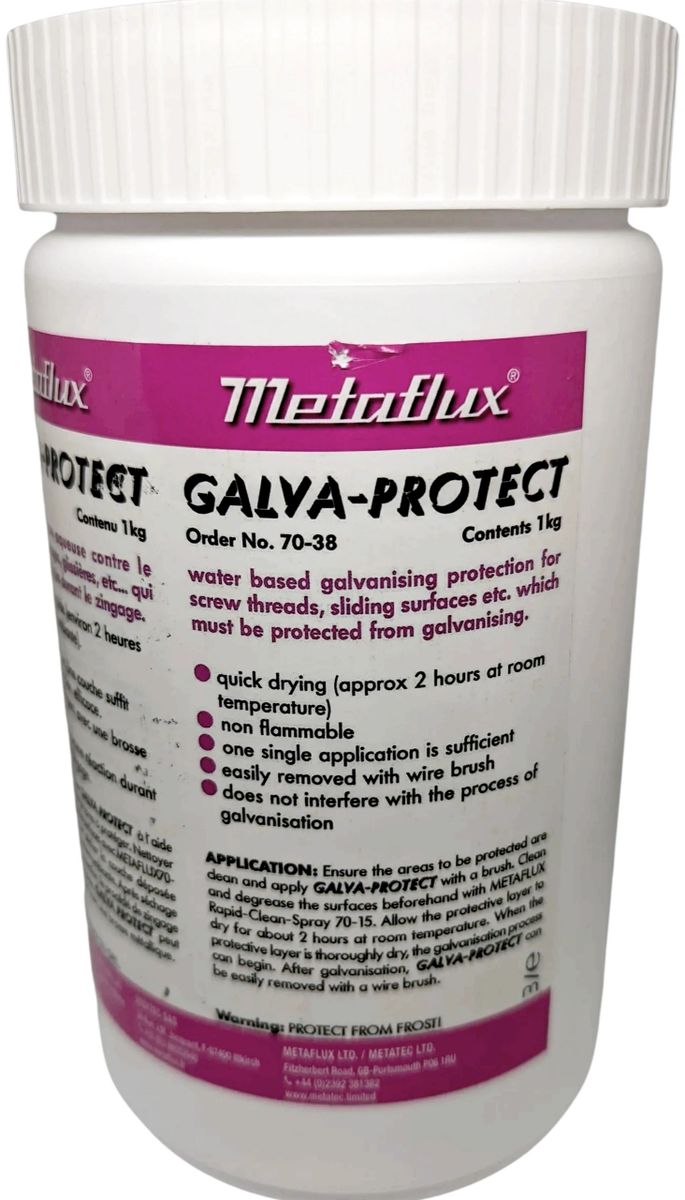I think I will wind this thread up, it was about gaining an understanding. I think I now understand enough to be able to start a thread, how to avoid galvanic corrosion.
The thread has rambled a little and there have been times when I couldn't update as I didn't have access to a PC. so a quick summary of what I think I understand.
Corrosion of a metal occurs when exposed to moisture and oxygen. I understand it is a chemical process and it is not fast, aluminium dulls slightly and stops corroding, bare steel if left outside is subject to ongoing corrosion but it is slow. A steel component plated with passivated zinc left outside resists corrosion for many years. I have a coal bunker door clip that I plated that has been out there 7 years now and still looks respectable.
These nuts have been subject to environmental corrosion, the zinc coating may have been subject to galvanic corrosion which started where sockets used to torque the nuts damaged the zinc. Zinc on the underside of the flange is scuffed but there is no steel corrosion. Overall they are not bad for 17 year old automotive fasteners.
Introduce an electrolyte between two dissimilar, they don't have to touch the electrolyte just needs to bridge the gap and galvanic corrosion is likely to occur. It has something to do with the flow of ions which is beyond me. However it does not stop at the surface and the rate of corrosion is not slow. Take a look at the depth of corrosion and the cycle mech hangers in this thread.
The nuts above were used to secure an aluminium component. The exposed steel was sufficient to cause galvanic corrosion of the surrounding aluminium, I'll see if I can get a picture. But where the nuts contacted the aluminium there is no corrosion, the electrolyte could not penetrate between the two components.
The above nuts are positioned at the rear of the car and subject to road spray but on the whole not galvanic corrosion. Just a short distance away are these. Mild steel securing stainless, the same age but subject to galvanic corrosion:
I have concluded the way to minimise galvanic corrosion is first to choose component materials and surface treatments wisely and then keep electrolyte out.



